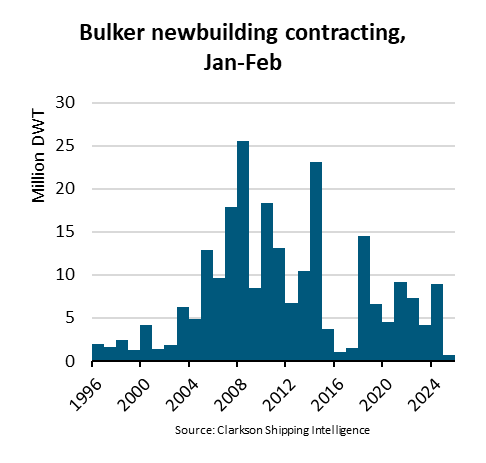As we progress into the new year, according to the latest Container xChange data, the container prices in China show signs of stabilization— though still elevated than 2020 peak shipping and demand boom.

Another key development is the increased availability of containers in China. The CAx readings stay elevated as compared to the last three years across the ports of Shanghai, Ningbo, Tianjin and more. This indicates more inbound containers and few outbound containers which corroborates well with the current situation of factory closures in China and labour shortage there because of the infections.
The CAx (Container availability index) measures the ratio of inbound to outbound containers port-wise—and a reading above 0.5 suggest more inbound than outbound containers at the ports in China.
Usually, the rise in inbound containers at this time of the year is because of the seasonal repositioning of containers back to China to balance out after peak season.
“The strategy of repositioning containers back to Asia after the peak season gains strength from the clearance strategy in the US and in Europe. This effectively takes the capacity out of the market, and we see that this has been top priority this year for carriers. The situation further helps in stabilising the prices which has been the need of the hour for the current situation of supply chain globally.” comments Christian Roeloffs, cofounder and CEO, Container xChange.
“The rebound of trade in China, and hence the container trade rebound, will depend on the pace of the reopening in China, that is, how quickly do production volumes return to normal there. It is going to be interesting to see what happens when inventory stock levels in import countries have been rebalanced and there is a need to reorder. Effectively the question is whether importers are still wary of supply chain disruptions that will influence them to buy early or will they return to the ‘just-in-time' model. In any case, we do expect to see a demand uptick—also because recent GDP figures make a recession in Europe less likely. However, because demand really plummeted a lot, we will not see demand reviving to pre-covid levels or even the ‘during covid’ levels too quickly.” Roeloffs added.
China's official manufacturing PMI came in at 50.1 for January, up from 47 in December.
The opinions expressed herein are the author's and not necessarily those of The Xinde Marine News.
Please Contact Us at:
media@xindemarine.com





 Ningbo Containerized Freight Index Weekly Commentar
Ningbo Containerized Freight Index Weekly Commentar  Ningbo Containerized Freight Index Weekly Commentar
Ningbo Containerized Freight Index Weekly Commentar  Ningbo Containerized Freight Index Weekly Commentar
Ningbo Containerized Freight Index Weekly Commentar  BIMCO Shipping Number of the Week: Bulker newbuildi
BIMCO Shipping Number of the Week: Bulker newbuildi  Ningbo Containerized Freight Index Weekly Commentar
Ningbo Containerized Freight Index Weekly Commentar  Ningbo Containerized Freight Index Weekly Commentar
Ningbo Containerized Freight Index Weekly Commentar